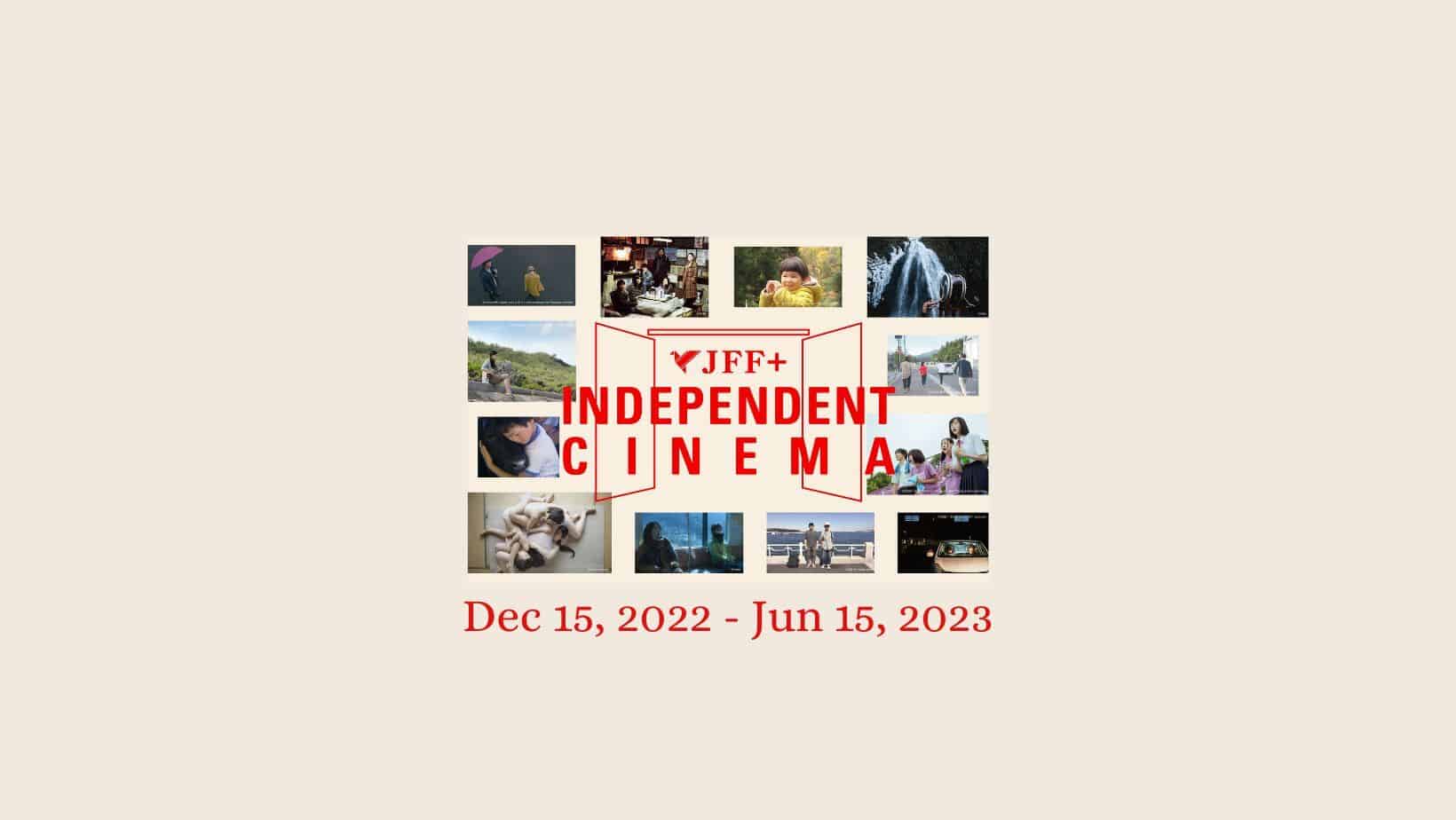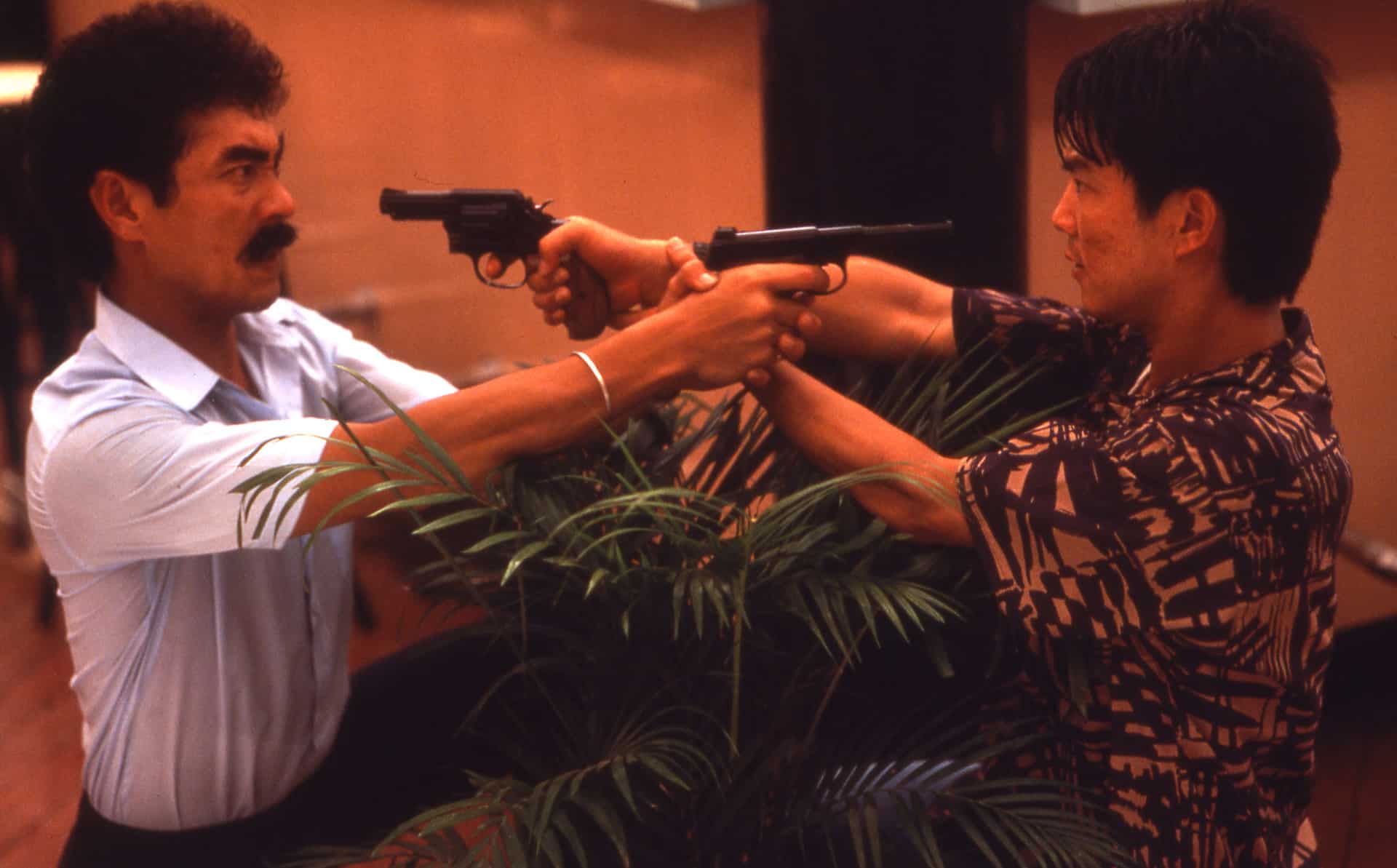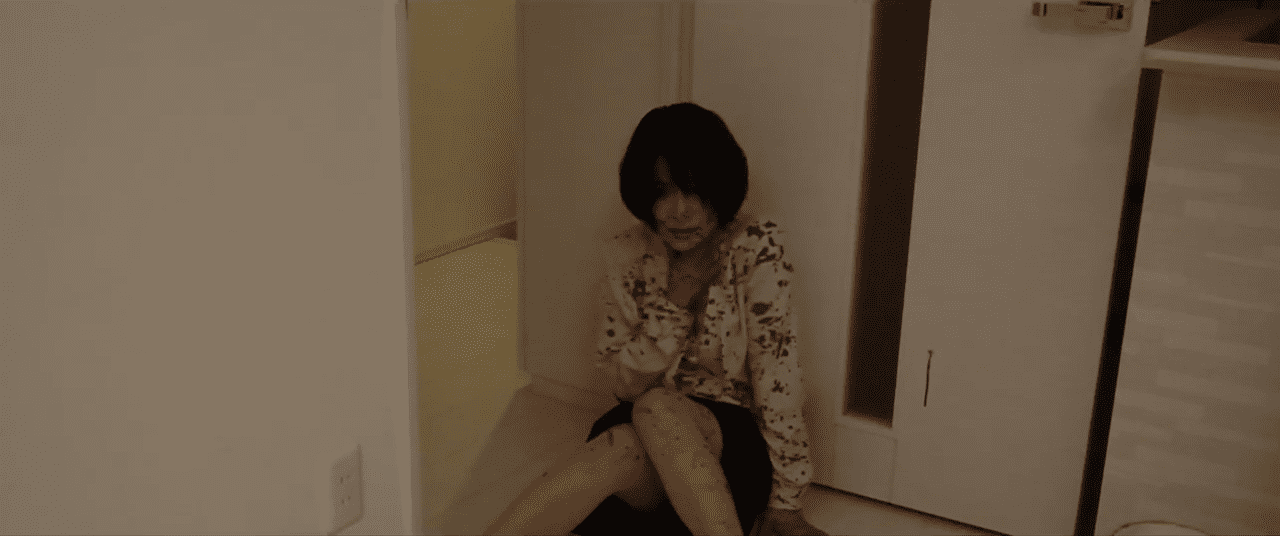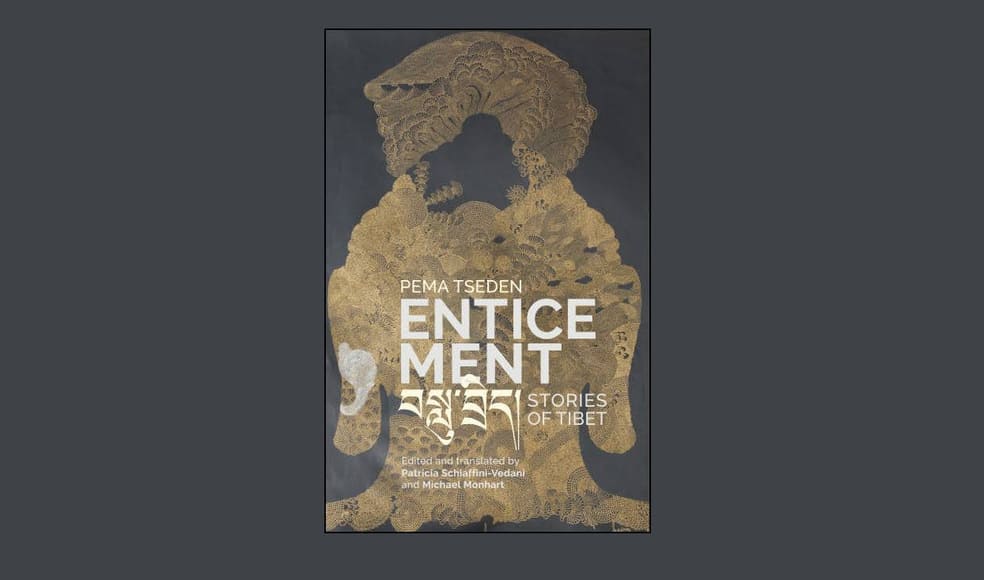The approach of Yuji Yamazaki in his documentary on the final work of miyadaiku Tsunekazu Nishioka is one his subject would have probably approved. Informing and educating, rather than entertaining, what “An Artisan's Legacy” lacks in storytelling, it makes up for in accounts of the master craftsman's philosophy and technique.
An Artisan's Legacy: Tsunekazu Nishioka is streaming as part of JFF+ Independent Cinema

Tasked with overseeing the reconstruction on the Horyu-ji temple in Nara, this is a long process in the making for the ageing veteran of World War II. With his aim to build a wooden structure that will last a millennium, he must first ensure the wood is correct. But with the decline in Japanese forests, this must be sought elsewhere, and so Nishioka ventures to Taiwan to find the perfect wood. However, using traditional methods to build a structure that meets modern regulations is a difficult task. Buildings must be earthquake-proof, and so Nishioka must fight between using tradition against more stable steel and concrete.
Check also this interview
With concrete and steel materials requiring less depth though, Nishioka's old ways are clearly at odds with the modern world. Rather than simply calling supplies in, he must go to the source and inspect it thoroughly, replicating it in the project. There is no room for half measures: one can not simply import timber; one must go to the mountains. Obsolete techniques and tools must also be used to recreate everything as it was, requiring much learning for Nishioka and his young team.
With Nishioka's passing shortly after the project, much of the documentary is archive footage combined with interviews with those present at the time. This time lag, however, means that there is no opportunity for probe into his philosophy further, taking the original footage at face value. Thankfully, he was a man able to eloquently articulate himself, with enough good quotes and teachings to fill a book.
The viewer, therefore, comes away from this with a lot of good insight and a look to mentally chew on. This, naturally, leaves one to lose oneself in their own train of thought; the overall lack of a fully engaging story failing to keep one focused. This is more a collection of nuggets than a satisfying whole, and while they're good nuggets, you're left feeling something is missing. In many ways, it feels like an NHK TV documentary.
Nishioka's is a life perhaps demanding academic study, rather than a relatively short documentary. This gives his teachings, but you far from feel you fully understand the man. But as the last master craftsman miyadaiku, this is a last chance to pass on old fashioned techniques and wisdom to a new generation.
Techniques and methods come and go. Will the structures last the 1,000 years Nishioka predicts? Probably not. His legacy will be inspiring a future person to fight for the traditional methods when it next needs reconstruction.














